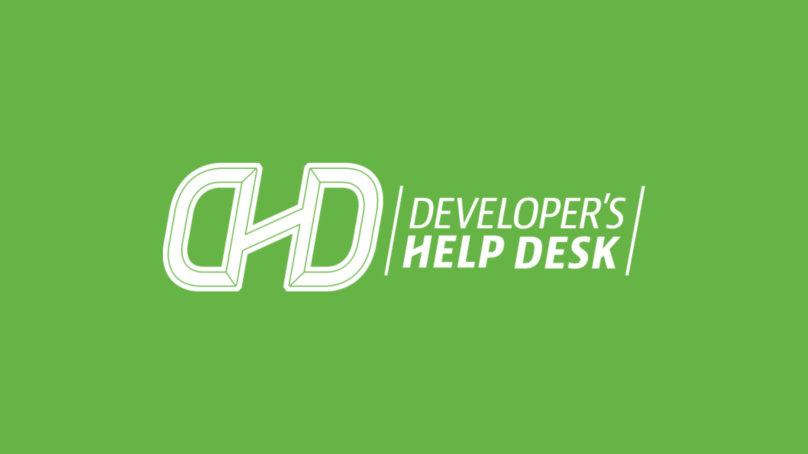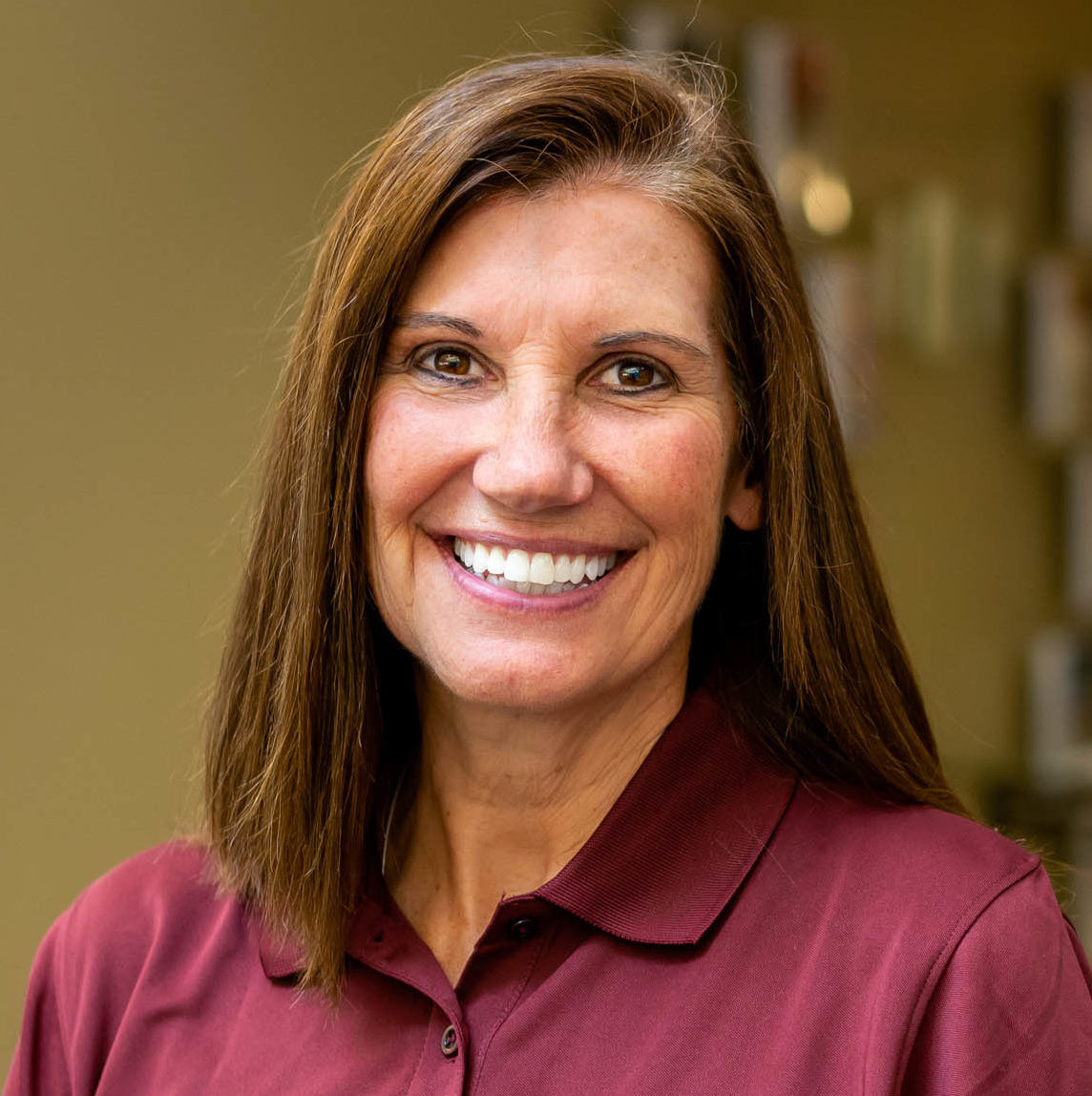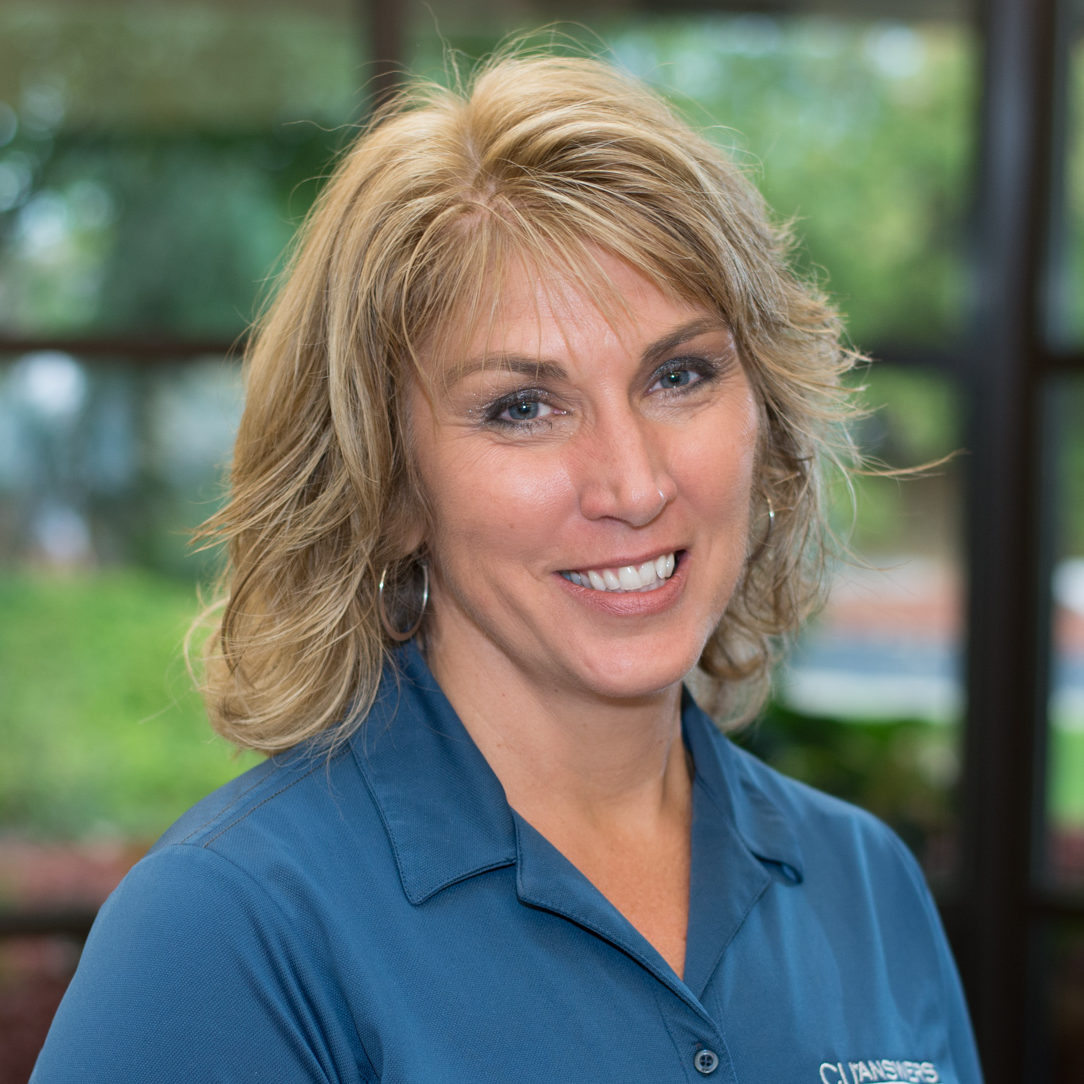In the beginning… Way back when projects and bids didn’t exist, how were custom credit union requests completed at CU*Answers? Years ago, clients would call individuals at CU*Answers directly, in any number of departments: client services, programming, operations, some even calling the CIO or the CEO. Once the request was made by the client, the individual that took the call would complete the task or engage someone else if needed. As time progressed, most custom requests were routed through the CIO who would manage it and bring others on board as needed. There were many requests done at minimal to no cost.
As the number of custom requests increased and the need for tracking requests became apparent, a process was implemented so that all custom requests had to have a project and a bid to help ensure they were being tracked and completed in a timely manner. The bid cost helped cover the resources needed to complete the project.
The next logical step for the custom request process was to ensure all knowledge wasn’t held with one individual, so the CIO trained individuals as to what the process was to create and manage a custom request from beginning to end. As the process evolved, additional resources were used to help with research, estimating hours, QC, and estimating completion dates. At this time, it was still not a business but a means to track the work being done and completed.
Creating the Developer’s Help Desk
Historically, CU*Answers prided itself on its “Do It Together” (DIT) approach to software design. By designing products and services to serve the entire community the CUSO could disrupt the market through price, access, and shared resources. As the number of credit unions within the CU*Answers network expanded (along with the credit union’s desire to expand their offerings/opportunities), the number of custom projects requests increased dramatically. So while the CUSO still prioritized its DIT approach, it was clear that a “Do It Yourself” (DIY) approach was necessary to give enterprising clients an opportunity to build something they really wanted.
“Designing and developing software in our environment is predominantly a collective responsibility,” says Lorie Morse, AVP of Integrated Technologies for CU*Answers. A certain level of idea sharing, development and adaptability is often desired for creating innovative, new software products and services. In many ways, it depends upon leveraging the input talents and skills of a broad team. This can lead to various benefits, such as creating more business resiliency by reducing various risk to any single entity and often, at a better price point for the collective. It also fosters an improved environment through the sharing of knowledge, doing-more-together, and improving collaboration. As a result, the collective is empowered to communicate better, reduce costs and deliver software in a meaningful way.”
However, not wanting to close the door on credit unions wanting to create something unique or specific to their organization, CU*Answers built out those DIY mechanisms to strengthen the process. Early on, without the appropriate staff to monitor these projects, client’s expectations were not always met. In order to support the DIY initiative, more resources needed to be dedicated to this process. Therefore, the Developer’s Help Desk (DHD) was created in March 2017. The DHD team was set-up as an independent business within CU*Answers, and as a business, the DHD team had to manage themselves accordingly. This team contains sales support, administrative personnel, business analysts, and programmers dedicated to working on custom programming requests.
Turning it into a business
Beginning a business is never easy and the DHD team is no exception. Credit unions were coming to the DHD team with new and innovative ideas. One of the struggles encountered was receiving a project scope with enough depth to be converted into an accurate bid. For projects with new vendors, new integration points, etc., a Research and Design (R&D) bid is most likely created. The purpose of this project cost is to:
































































